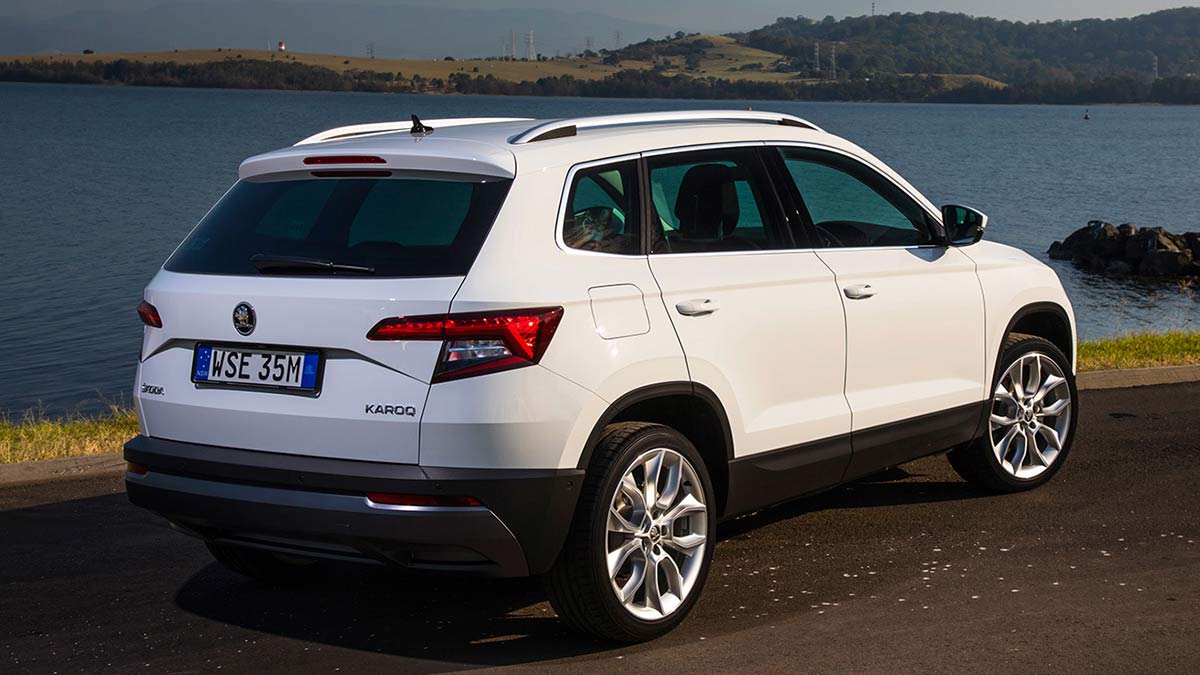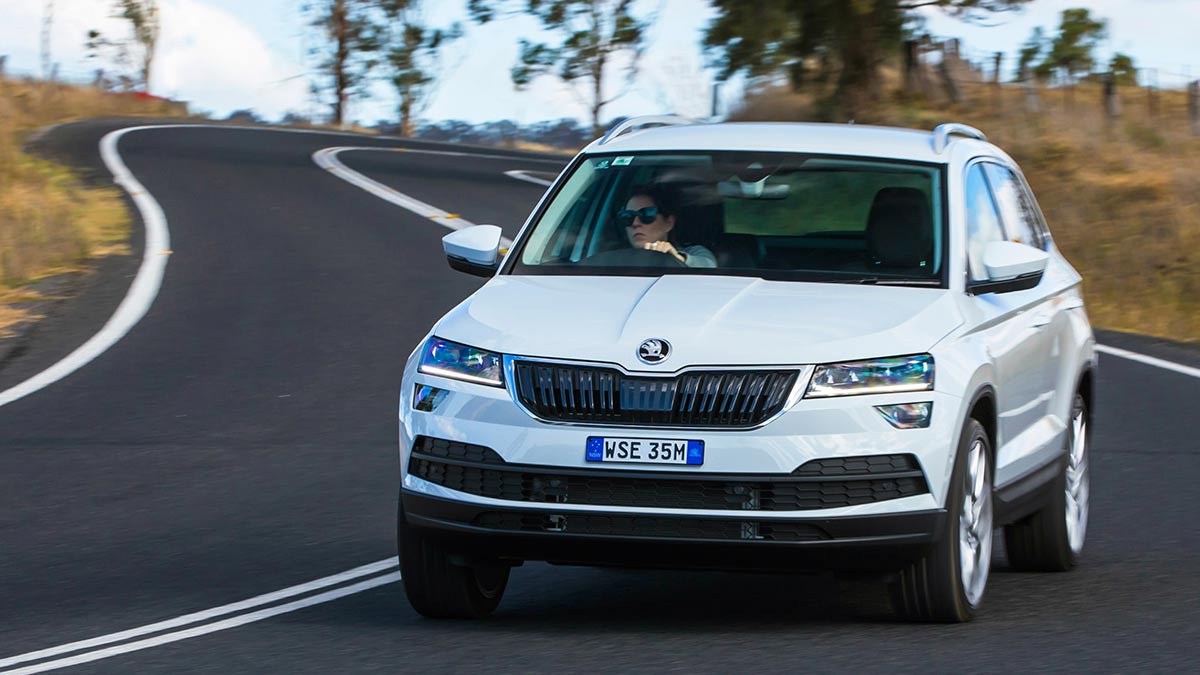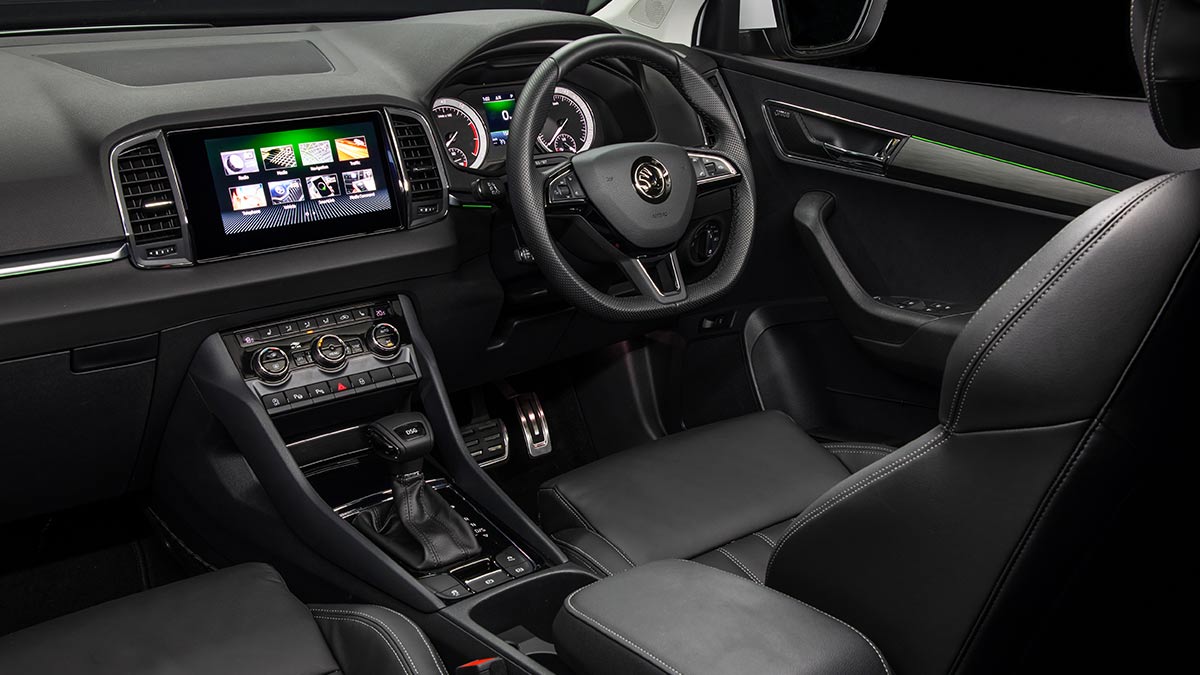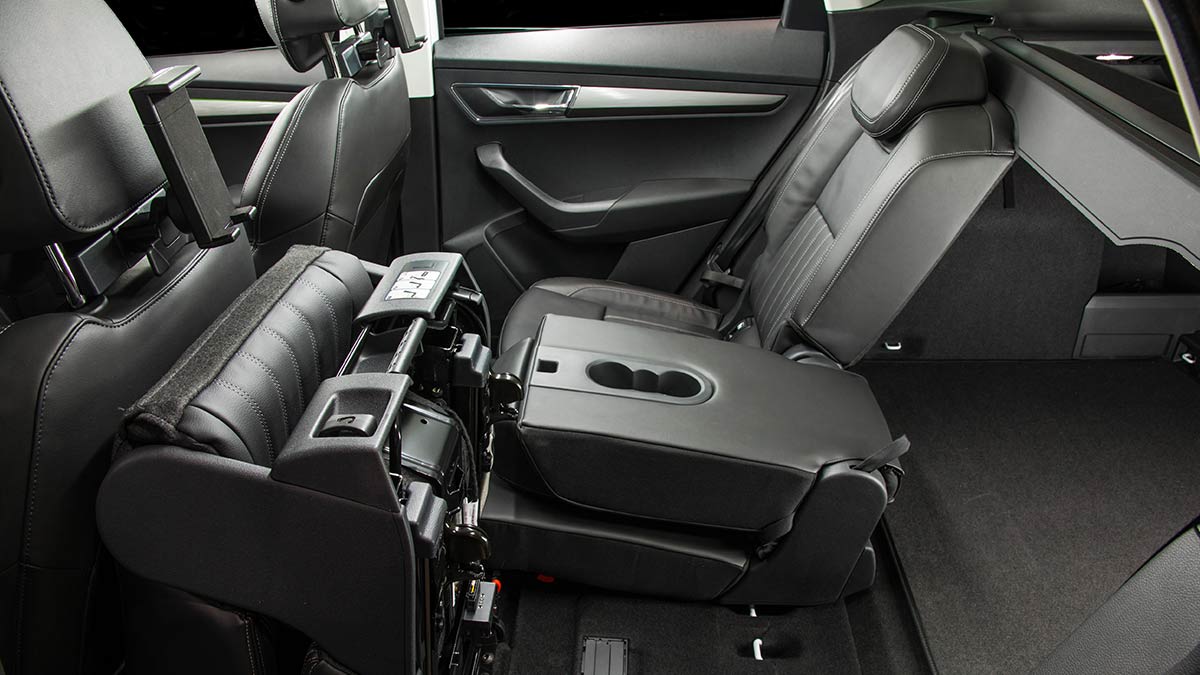The purchase price of a new vehicle is just the beginning. Learn about the costs associated with owning and operating a vehicle.
Road test: Skoda Karoq 2019 review

Greg Hill takes the new Skoda Karoq for a road test.
The front-wheel-drive Karoq is Skoda Australia’s first entry into the medium-size SUV category. It gets off to a good start with many similarities to its bigger sibling, the highly acclaimed seven-seat Kodiaq. Although Karoq measures up marginally smaller than many of its medium-size SUV competitors, the efficient use of space and a versatile interior layout makes it more than a match for most.
As part of the giant Volkswagen Group, Skoda has access to a massive parts bin. The Karoq is built on a version of VW’s modular transverse matrix platform, which is similar to the VW Tiguan, and employs the latest-generation 1.5-litre turbo-petrol engine with cylinder-on-demand technology. Transmission options are a six-speed manual or seven-speed DSG-style automatic.
Thumbs up
Nicely tailored for everyday use. Roomier than expected and rides comfortably.
Thumbs down
When removed, the seats need to be stored safely. Space-saver spare wheel.
Currently, the Czech-built Karoq is available in one spec level and it is front-wheel drive only. A more powerful AWD version is expected later in the year. Pricing starts from an attractive $29,990 plus on-road costs for the manual variant, with the more popular automatic version at $32,290. For the money, the level of standard equipment is generous. In typical Skoda fashion there’s also a few handy extras such as an umbrella under the front passenger seat and a torch in the rear.
Like most European models, however, a comprehensive list of highly desirable options, including Premium, Tech and Travel packs, add significantly to the purchase price. Our Karoq, which was fitted with all three packs, as well as the excellent Virtual Cockpit and metallic paint, had an as-tested price of $41,590. While the Karoq has an excellent five-star ANCAP rating and a good suite of safety equipment, some of the advanced features designed to help avoid a crash, such as blind-spot detection, lane assist and LED headlights with AFS (adaptive frontlight system) are in the option packs.
There’s a strong Skoda family resemblance in the Karoq’s slightly conservative but practical body styling and interior. Clean, subtly rounded lines give the boxy-shaped SUV wagon an appealingly smart appearance. The cabin presentation, trim materials, instrumentation, switch positioning and controls all have the familiar VW Group look, quality and ease of use, and it’s nicely topped off with a dose of Skoda individuality.
Plenty of bolstering in the front seats provides good comfort and support. There is more head and leg room than expected in the rear and the luggage space is bigger than many of its peers. You’ll also find lots of small storage compartments throughout the cabin. What really sets the Karoq apart from most of its peers, however, is the rear seats’ clever VarioFlex system. Sliding, folding or removing the three rear seats individually allows a wide variety of configurations. The Karoq can be a five, four, three or two-seater depending on your passenger and load requirements. While removing the seats is an easy operation, lifting them out can be a little awkward and they need to be stored safely.
Driving ease is a big part of the Karoq’s appeal. The elevated seating makes it easy to step in and out, while a large glass area provides good vision. The engine’s 110kW of power is only average for the class but a broad spread of strong torque – 250Nm from 1500 to 3500rpm, thanks to the turbo-charging – delivers excellent driveability for everyday use. In stop-start traffic a slight lag or hesitation can be felt occasionally, which is characteristic of the small engine/DSG auto combination. We found that pushing the throttle harder can introduce some unexpected wheel spin on a wet road.
The Drive Mode Selection, which is part of the Tech Pack option, provides four different driving modes – Normal, Eco, Sport and Individual – to suit different operating conditions and preferences. Adjusting the engine, transmission, steering and air conditioning, the changes in behaviour are noticeable. Around town we found the light steering in normal mode gave the vehicle a nimble feel, while the increased loading in Sport mode felt better on the open road. It’s a well-mannered drive with surefooted road holding and cornering ability that suits this type of vehicle. The ride is compliant, comfortable and controlled, with only the occasional thump over large bumps.
Official ADR fuel consumption is an impressive 5.8L/100km, but it does require 95 RON premium-grade petrol. With different driving modes and the ability for the engine to drop two cylinders under light load, the fuel consumption will vary depending on operating conditions. Our test car averaged 8.3L/100km on test.
Skoda’s five-year unlimited-kilometre warranty and capped-price servicing, with prepaid service packs available, provides peace of mind.
The verdict
The versatile Karoq drives well. The standard variant is attractively priced at $30,000, but extra-cost options add a premium feel and better safety features.
|
Pricing |
List price: $32,290 plus on-road costs. |
|---|---|
|
Drivetrain |
Engine: 1.5-litre turbo-petrol, seven-speed DSG, FWD. |
|
Fuel |
95 RON premium grade petrol, 50-litre tank. |
|
Standard safety |
Five-star ANCAP, seven airbags, autonomous emergency braking, multi-collision braking, rear parking sensors with auto braking, rear-view camera, rain-braking system, driver fatigue detection. |
|
Standard features |
Adaptive cruise control, comprehensive infotainment system, climate control, tyre-pressure monitoring. |
|
Warranty/servicing |
Five-year, unlimited-kilometre warranty. Twelve-month or 15,000-kilometre servicing. |



